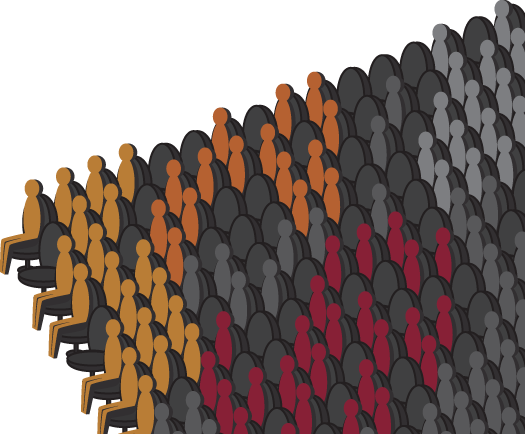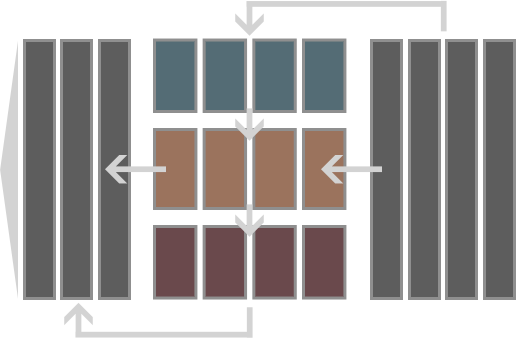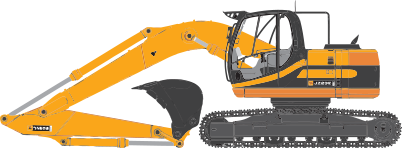Training Basics
Course Code TB
Duration 3 Days / 24 Hours
Fees 1190 $
Introduction
This program prepared for new training professionals provides you with an essential introduction to the five-phase training process: analysis, design, development, implementation and evaluation, to become ready at the end of the program to deal with the training process needs.
Who is this program for?
This program is prepared for new training professionals who are interested in considering the entire training process.
Program’s objectives
The program’s objectives, the training basics
- Design the training based on a learning strategy composed of seven essential steps.
- Use the four-phase learning cycle in design.
- Apply the sixteen-step design system model.
- Distinguish between training, education and development.
- Employ the effective speaking skills.
- Apply non-verbal communication principles.
- Improve voice and body language skills.
- Ask and answer questions appropriately.
- Handle wisely the learners’ problems and other cases.
- Deal with his tension and control it.
- Build familiarity with learners.
- Answer the learners’ questions professionally.
- Increase the learner’s self-confidence and self-appreciation.
- Create a fun learning environment.
- Perform the four steps of the training needs’ evaluation process.
- Verify the staff’s readiness to perform the self-evaluation.
- Distinguish the methods of studying the individuals and companies’ needs.
- Design training based on a learning strategy composed of seven essential steps.
- Apply the Accelerated Learning foundations in designing professional courses.
- Write the four-component learning objectives.
- Design pre- and post-course activities.
- Choose the most appropriate learning techniques.
- Distinguish between Kirkpatrick's four evaluation levels.
- Use more than twenty lists that help him in evaluation planning.
- Write the evaluation objective in its essential components.
- Establish the evaluation plan.
What You Will Learn?
Basics
The difference between training, development and education.
A sixteen-step model for the Instructional System Design.
Why the Instructional System Design.
Analysis of the front end.
Training Techniques
Instructions for building the speaker’s confidence.
The essential principles of speech.
The non-verbal communication principles and how to benefit from them.
Nearly forty skills for speaking to learners.
Techniques to improve your voice effect.
How do you benefit from your voice speed and pauses.
Techniques to improve the effect of body language.
How to use your appearance in front of learners.
Ten important tips for visual communication.
Familiarity
How you build familiarity with learners.
Nine important tips to answer the learners’ questions professionally.
Five techniques for efficient listening.
How to motivate learners.
How you increase the learner’s self-confidence and self-appreciation.
Simple techniques to increase participation and cooperation.
How to encourage participants to ask questions.
Establish small group activities.
Create a fun learning environment.
More than twenty ice-breaking techniques.
The seven principles of Accelerated Learning.
The four-phase natural learning cycle.
Needs Analysis
Eleven reasons driving us to perform an analysis process for training needs.
The four steps of the training needs’ analysis process.
Eleven lists helping you to know your task’s dimensions in the needs’ analysis process.
Eight important tips to succeed in the needs’ identification process.
Eight forms for the essential components structure in the needs’ analysis process.
Eight important tips to succeed in the needs’ analysis process.
Nine points to verify the staff’s readiness to perform the self-evaluation.
Techniques to study the individuals and companies’ needs.
Many ready-made models in order to determine the training needs in administrative development.
Training Design
The most important questions asked regarding objectives and their answers.
Eleven benefits of formulating the learning objectives professionally.
The four components of the learning objective.
Learning strategy composed of seven steps.
The tests’ types and conditions, planning for them and designing them.
Designing the pre- and post-course activities.
Ten standards that help you choose presentation techniques.
Ten standards that help you choose exercising techniques.
Training Evaluation
Kirkpatrick's four training evaluation levels.
Who is responsible for training evaluation.
Detailed procedures for training evaluation.
The three factors necessary for determining the evaluation techniques.
More than twenty lists that help you in the evaluation planning.
Six instructions addressed to you during the tests’ evaluation.
How to push the administration to participate in taking responsibility for the evaluation.
Twelve forms to help you in the training evaluation.
How to verify the statements’ accuracy and credibility.
How to identify the base performance and the expected performance.
The essential components of the evaluation objective.
How to establish the evaluation plan.


















































































































































































